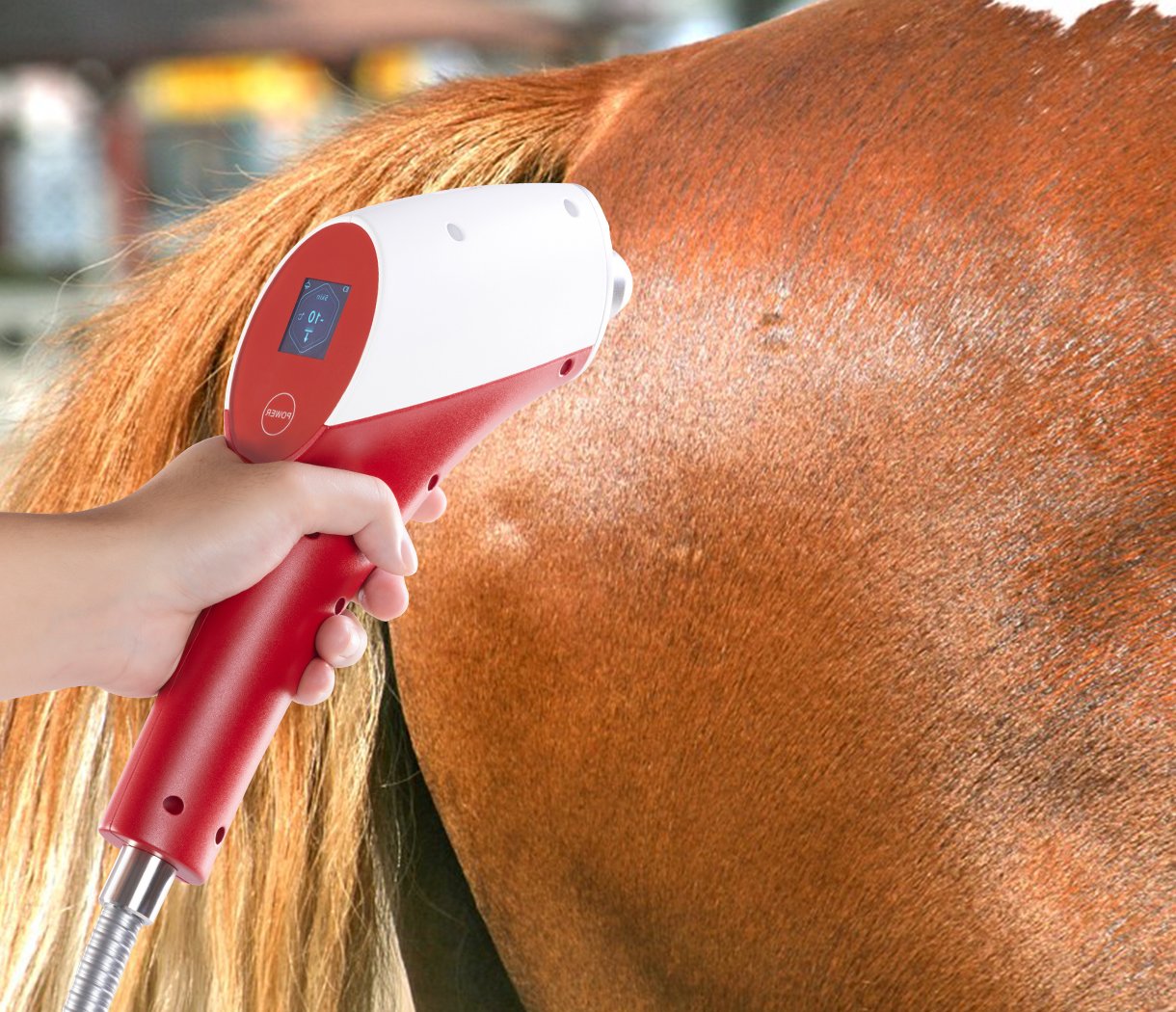Introduction: The Silent Suffering of Horses with Hip Dysplasia
Hip dysplasia is a common yet often overlooked condition in horses. It causes pain, stiffness, and a significant decrease in mobility. While it’s most often in older horses, it can affect horses of any age. This condition happens when the hip joint doesn’t develop properly, leading to irregular wear and tear. Over time, this worsens, causing horses to struggle with movement, pain, and reduced quality of life. For owners and caretakers, the challenge is finding effective relief without resorting to invasive surgery or heavy medications. What if there was a non-invasive solution that could ease discomfort and improve mobility? CO2 cryotherapy might be the answer for horses suffering from hip dysplasia.
What Exactly is CO2 Cryotherapy?
CO2 cryotherapy is an advanced treatment that uses carbon dioxide in its supercooled state to target and reduce pain and inflammation. This non-invasive therapy works by applying controlled cold therapy to the affected areas of the horse’s body, specifically the hip joint in the case of hip dysplasia. The cool temperatures penetrate deep into the tissues, causing blood vessels to constrict and reducing swelling. As the body warms back up, the blood vessels dilate, leading to increased blood flow and oxygenation to the affected area, which promotes healing and reduces pain. Unlike traditional ice or cold treatments, CO2 cryotherapy offers a more precise and controlled approach, delivering deep tissue penetration without the risk of frostbite or discomfort.
How CO2 Cryotherapy Works Wonders
CO2 cryotherapy works on a cellular level, targeting inflammation, swelling, and pain directly at the source. When applied to the hip joint, the cold temperature effectively numbs the area, offering immediate pain relief. But the benefits extend beyond just temporary relief.
The cooling effect slows down the nerve conduction, preventing pain signals from reaching the brain. Additionally, cryotherapy reduces the production of pro-inflammatory cytokines, which are responsible for the inflammation that exacerbates conditions like hip dysplasia. This means that not only does the horse feel relief during the treatment, but with consistent sessions, CO2 cryotherapy can significantly reduce the long-term effects of inflammation in the hip joint.
Over time, cryotherapy helps to promote better blood circulation and encourages the regeneration of tissues, improving joint mobility and allowing the horse to move more freely. This is crucial for horses with hip dysplasia, as it helps them return to a more active lifestyle, enhancing their performance and overall well-being.
The Process and Safety Considerations
One of the great advantages of CO2 cryotherapy is its ease of use. The process is non-invasive and requires no recovery time, making it ideal for both competition horses and those in everyday care. A typical session lasts only 10 seconds, during which the cooling therapy is applied to the affected areas of the horse’s body using a cryotherapy machine designed specifically for equine use.
Safety is a priority with cryotherapy, and the treatment is always administered under the supervision of trained professionals. Before starting any cryotherapy treatment, it’s important to have the horse assessed by a veterinarian to ensure it’s an appropriate therapy option.
The cold application is highly controlled, ensuring that the treatment is both effective and safe. For the best results, cryotherapy should be integrated into a broader treatment plan, which may include physical therapy and joint supplements. The frequency of sessions depends on the severity of the condition, but many horses benefit from regular treatments over a period of time to maintain optimal results.
Conclusion
CO2 cryotherapy offers a groundbreaking solution for horses with hip dysplasia. It provides immediate pain relief and long-term benefits. This therapy targets inflammation and promotes tissue repair. It helps horses return to a more active, comfortable life. Best of all, it avoids the need for invasive surgery or long recovery periods. Whether your horse is retired from competition or simply struggling with mobility, CO2 cryotherapy can restore its quality of life. If you’re seeking a safe, effective, and non-invasive treatment for your horse’s hip dysplasia, CO2 cryotherapy might be the answer. Consult your veterinarian today to discover how this therapy can help your horse live pain-free and more active.



